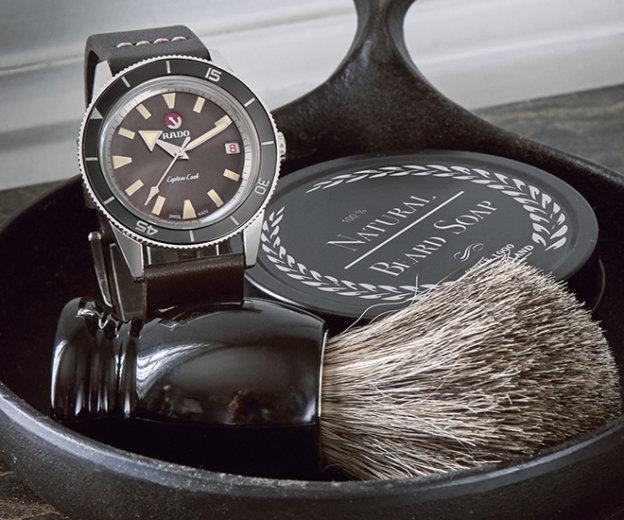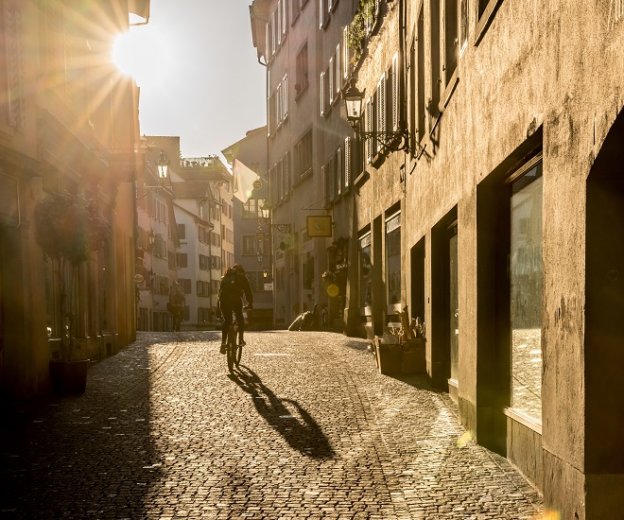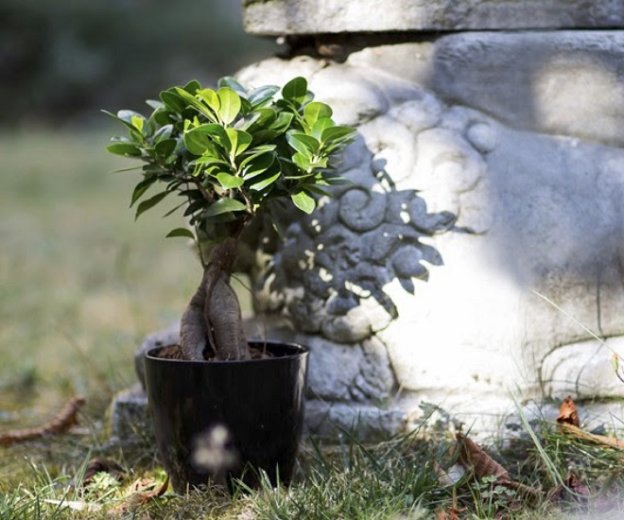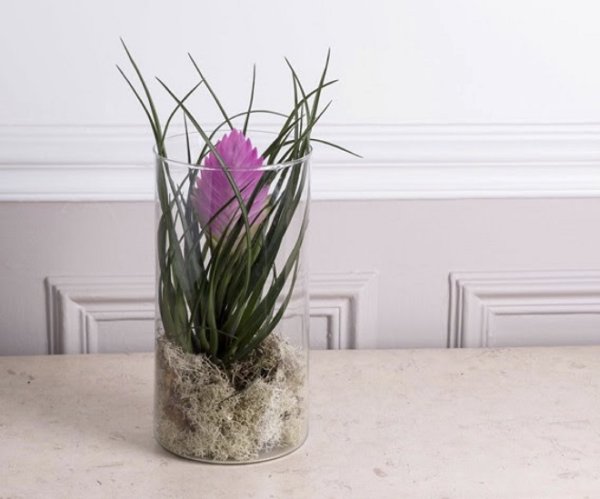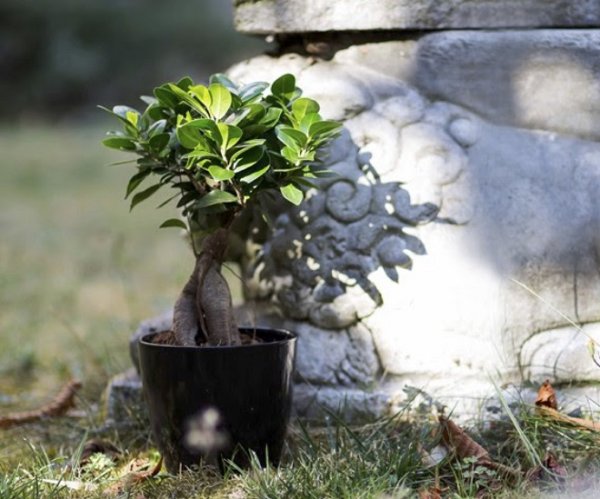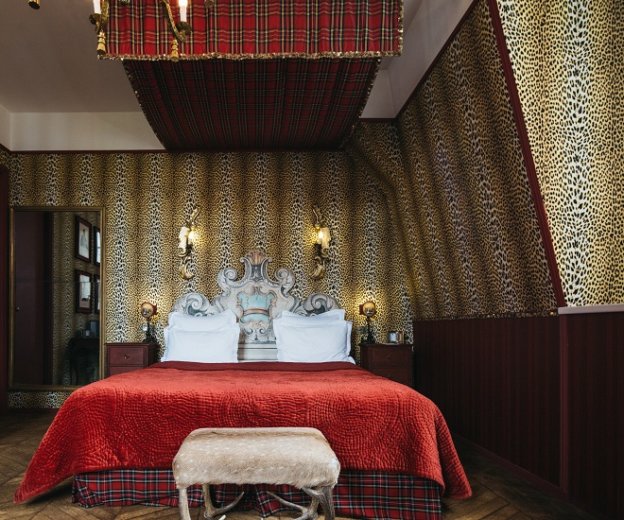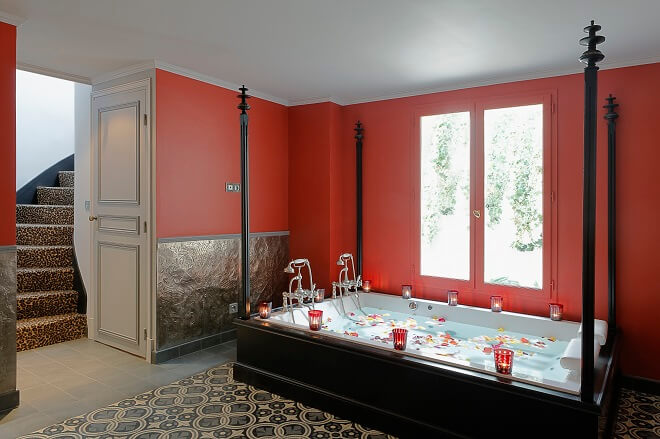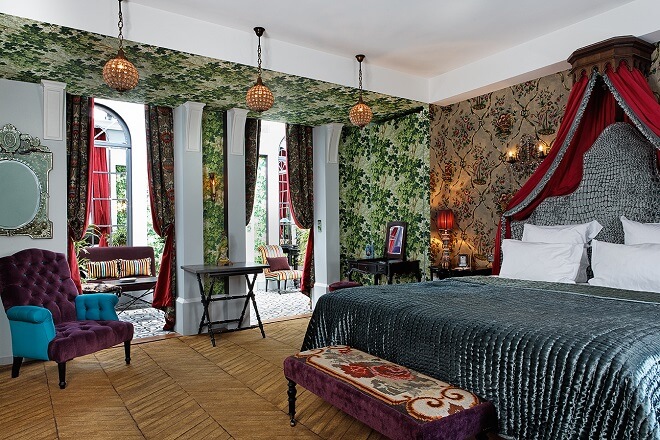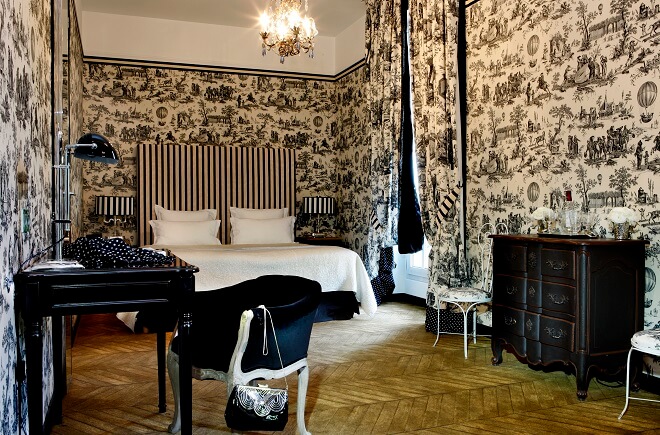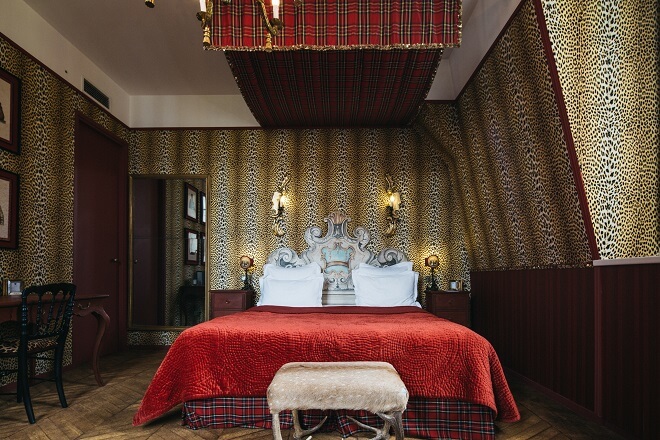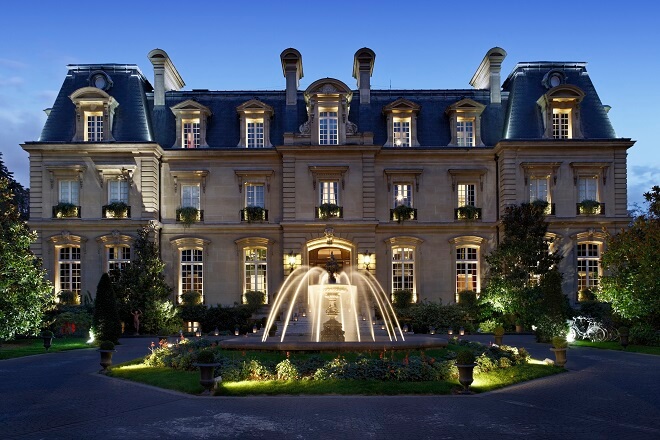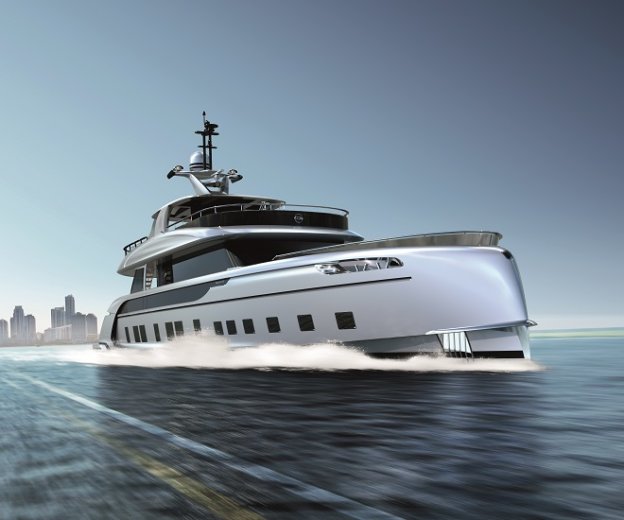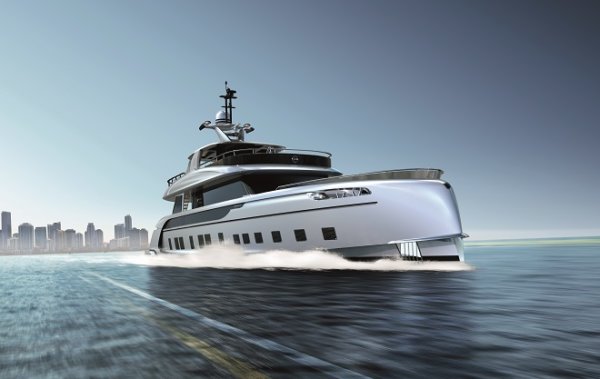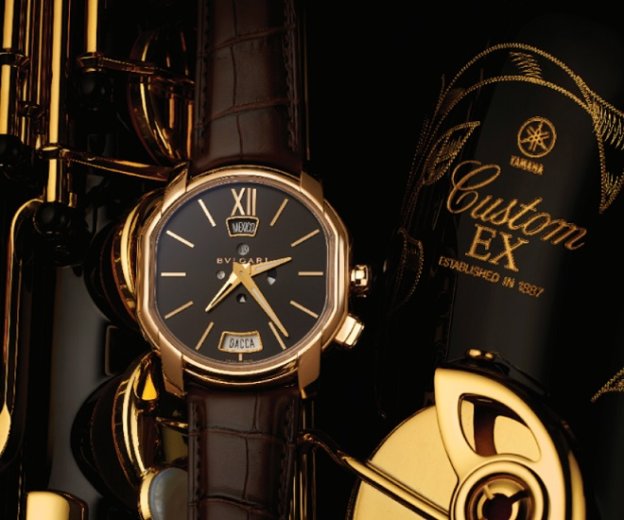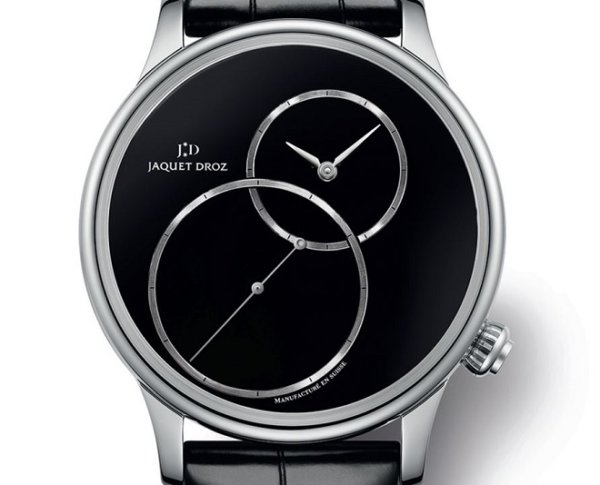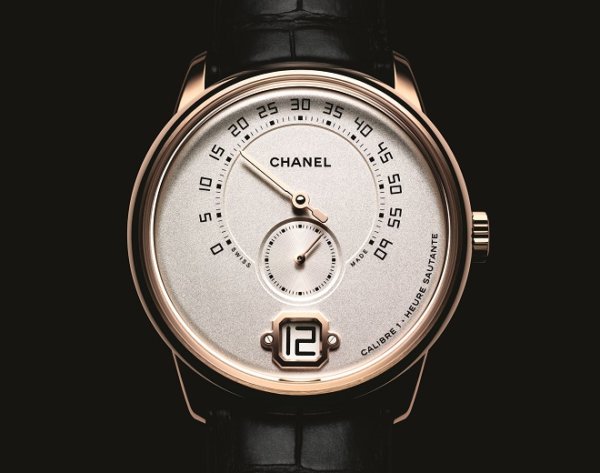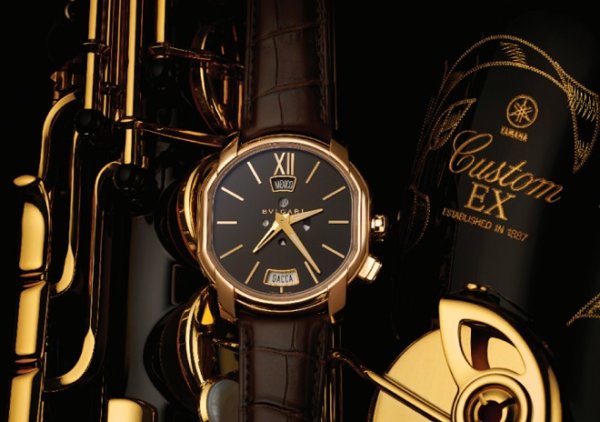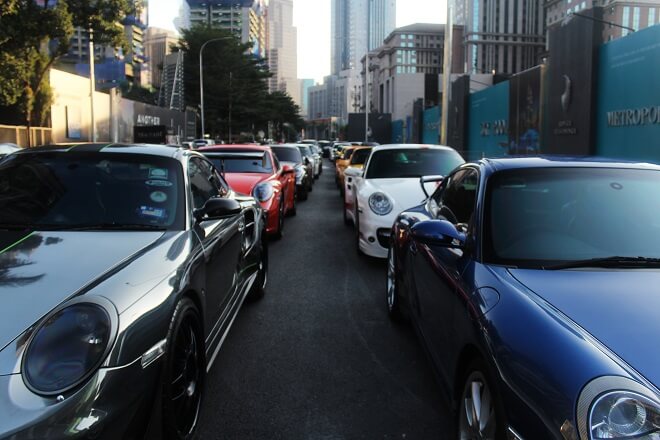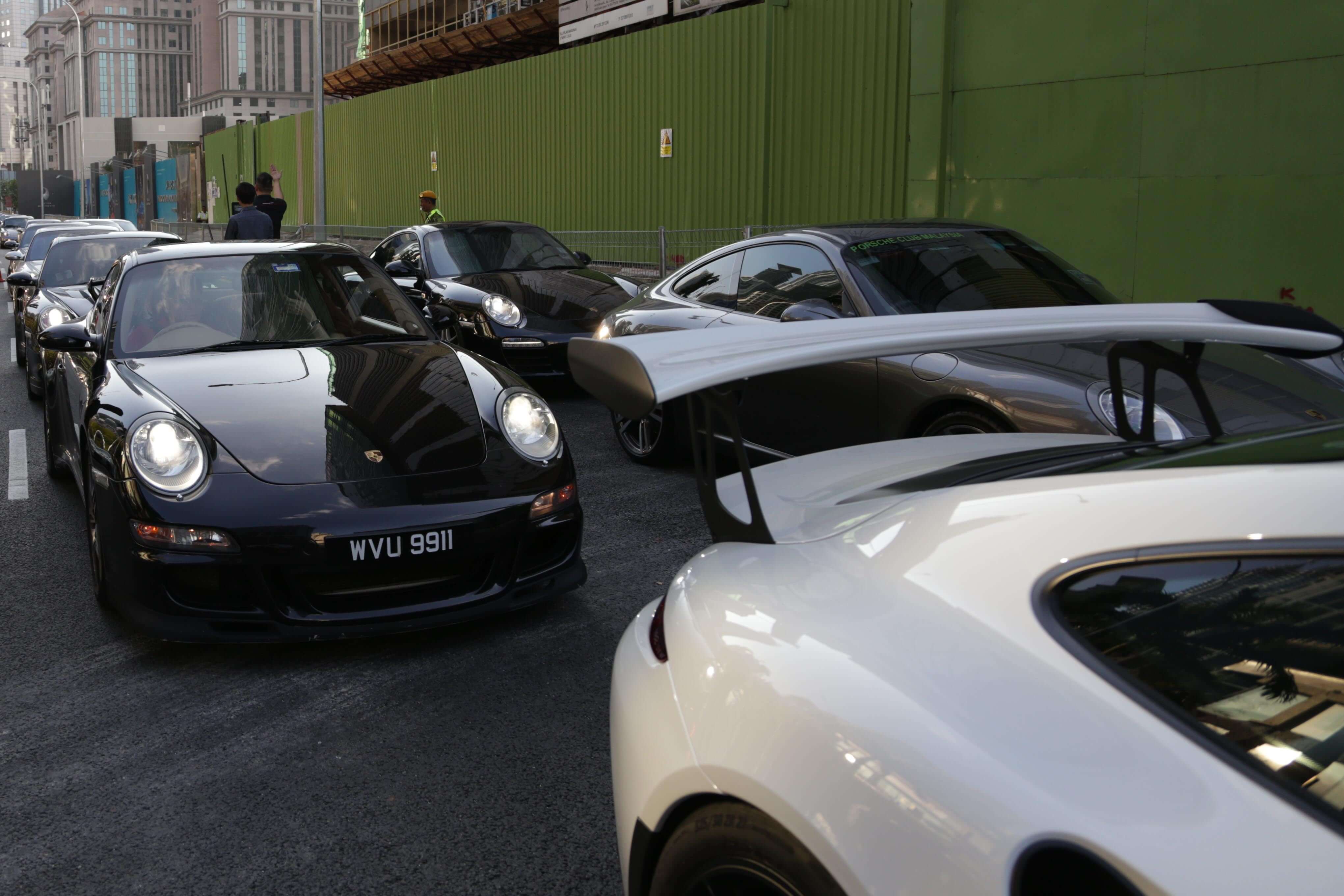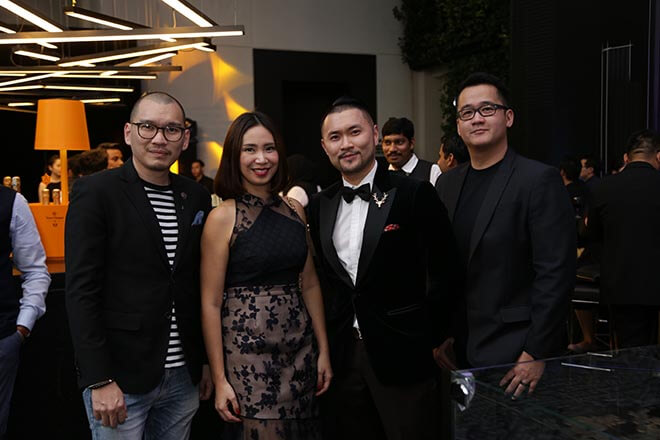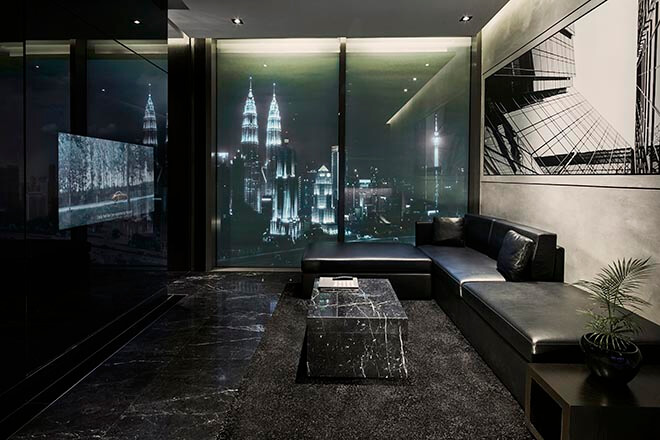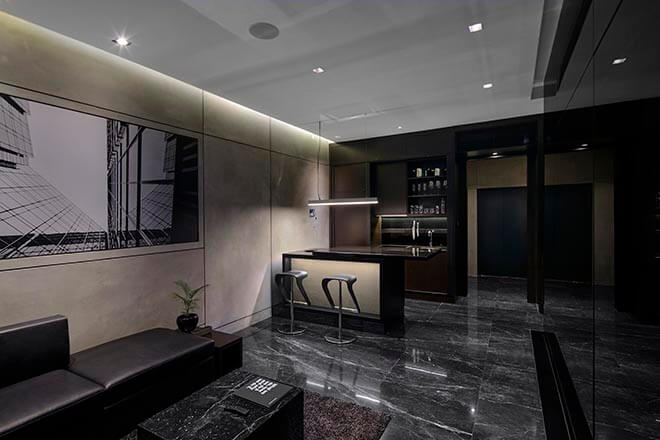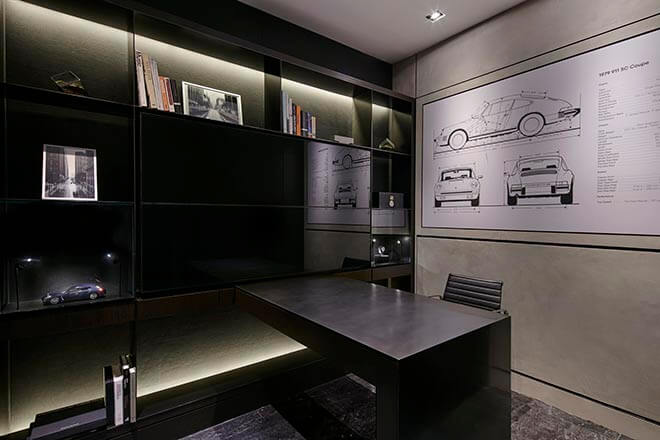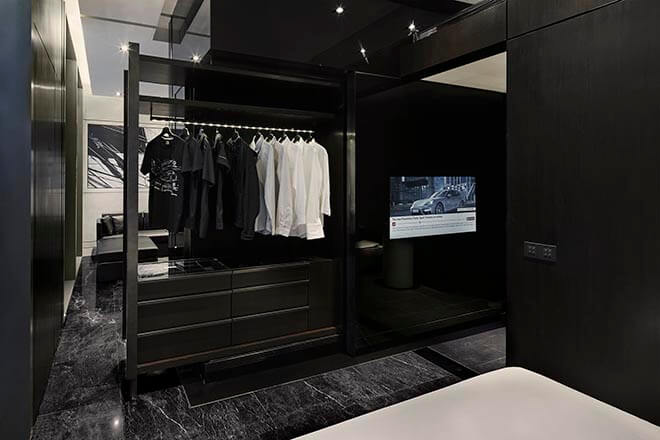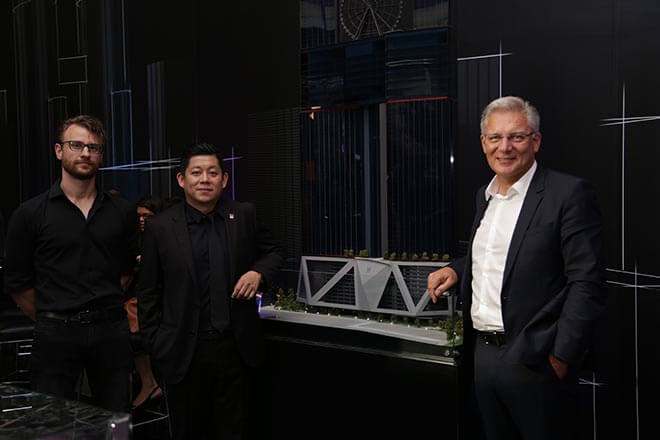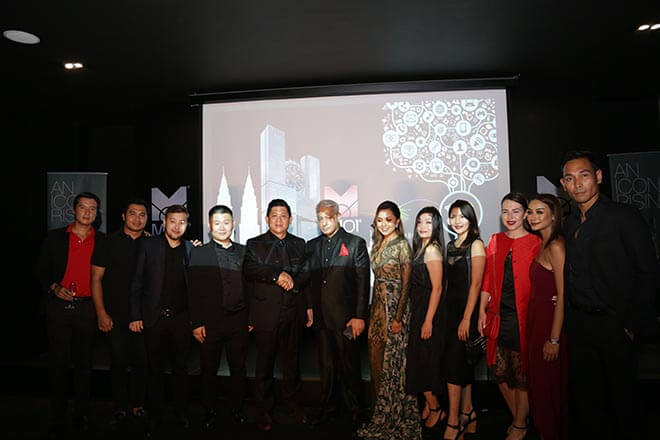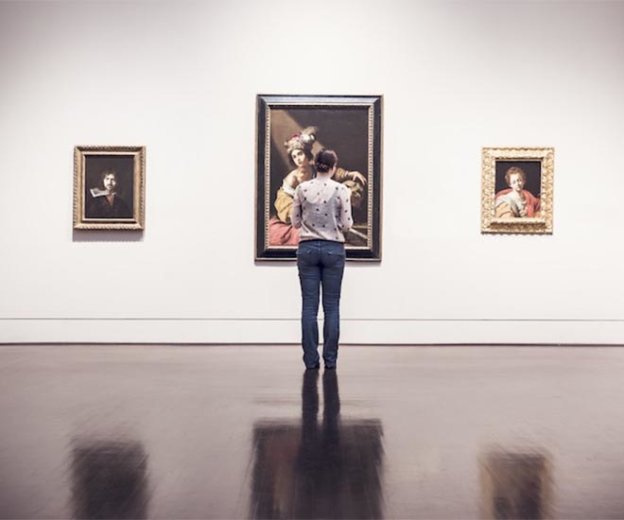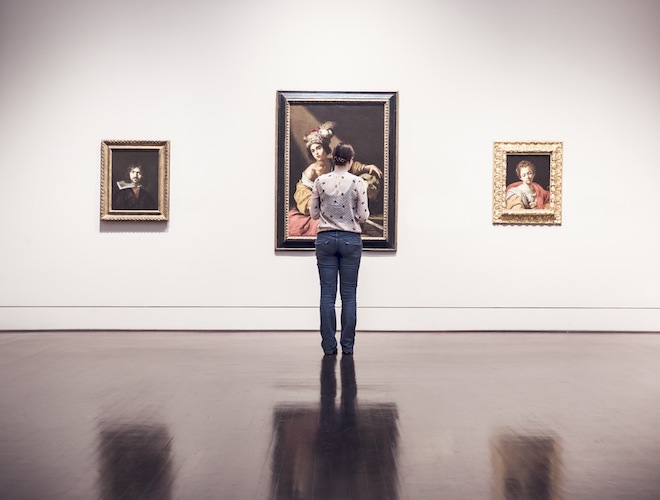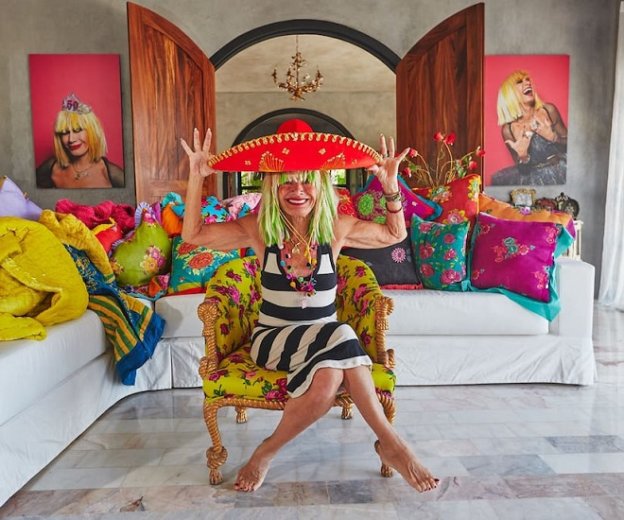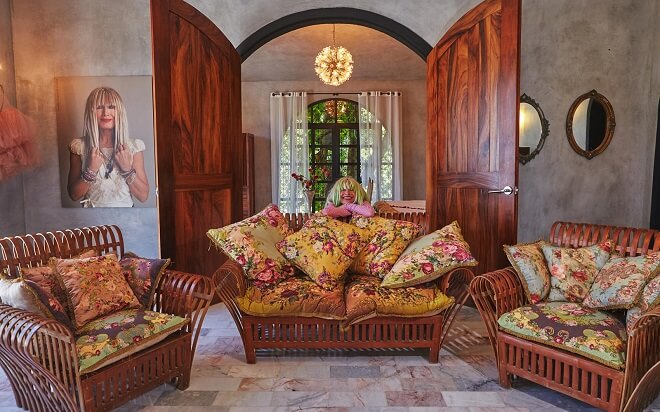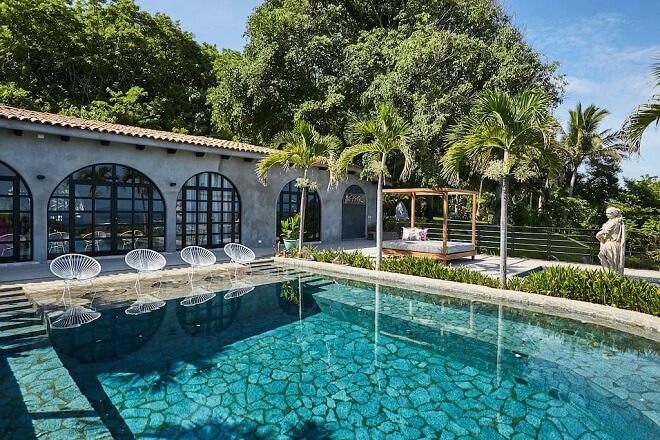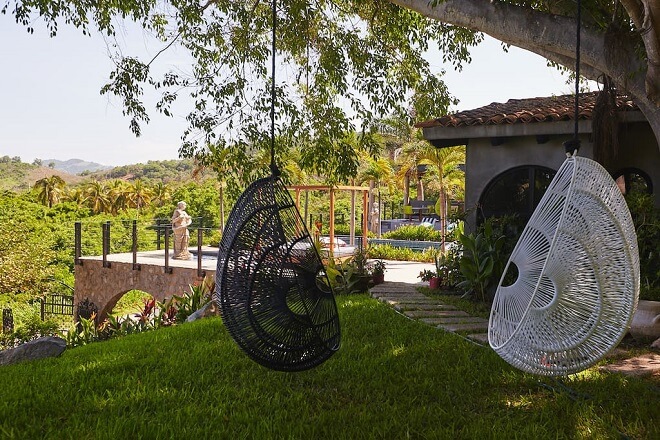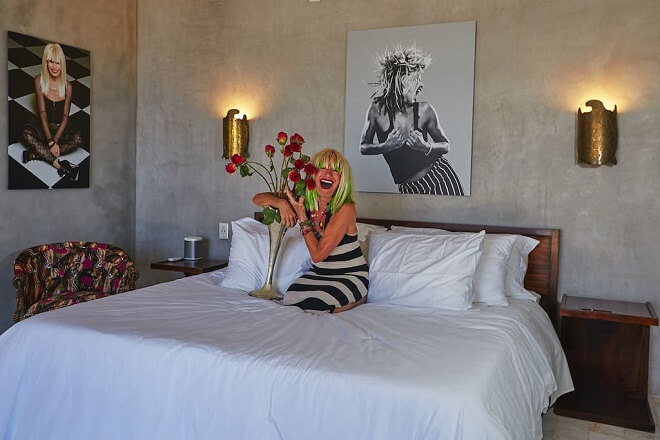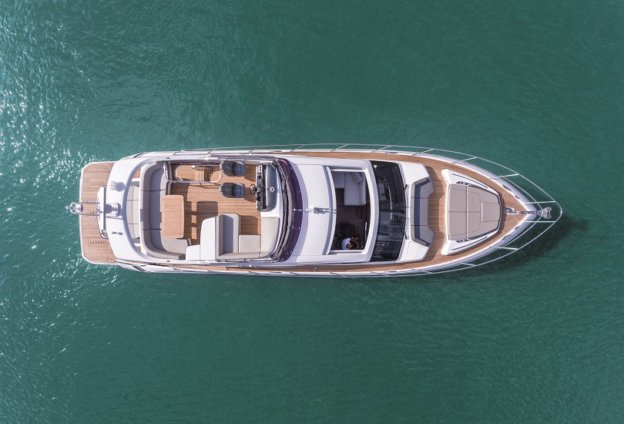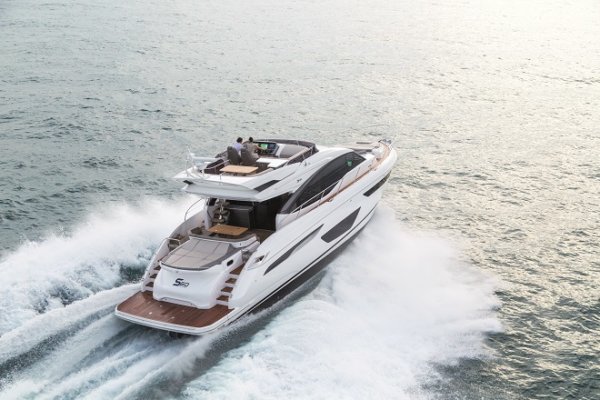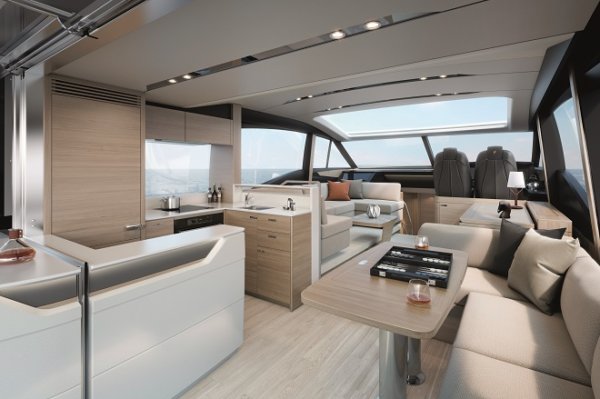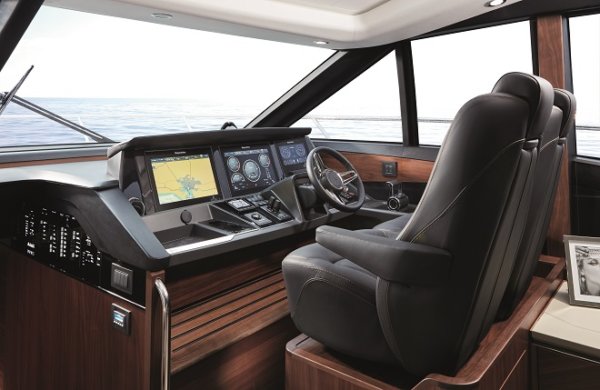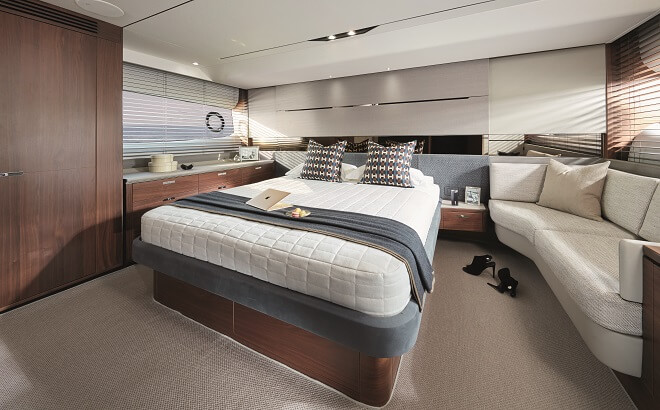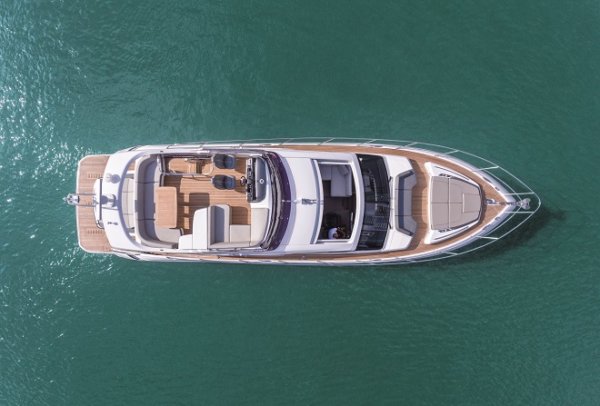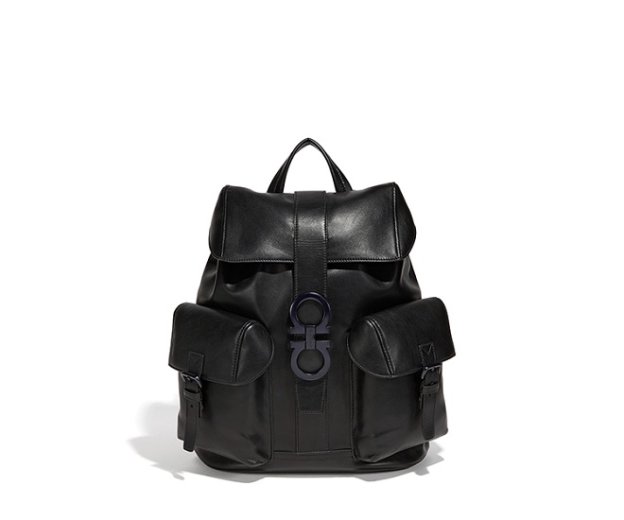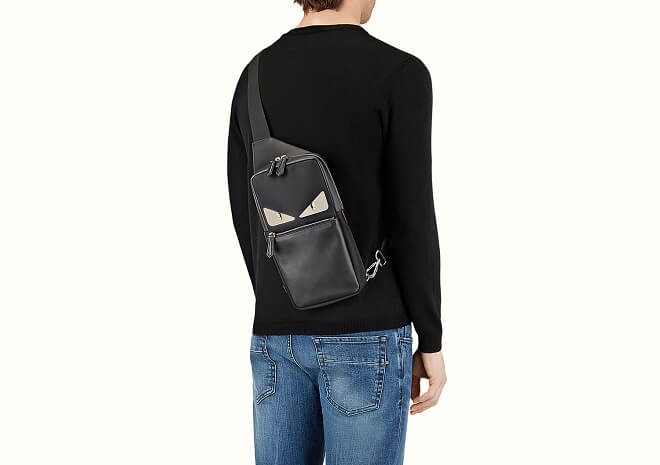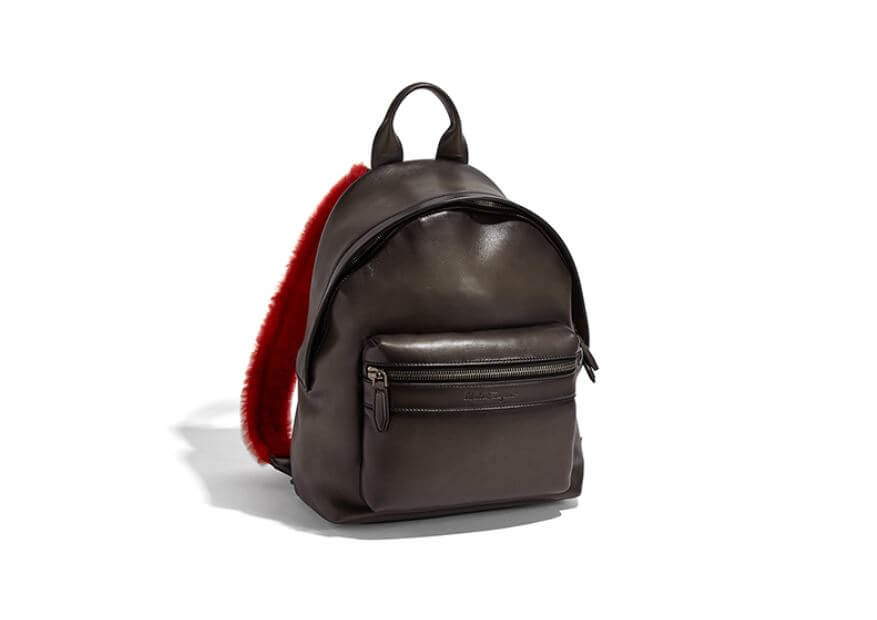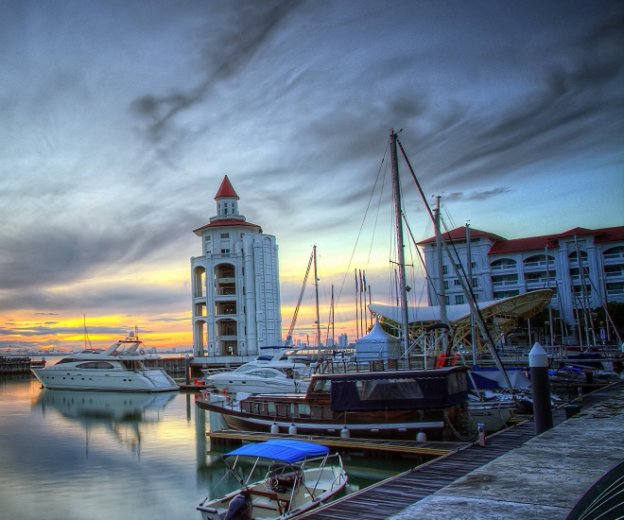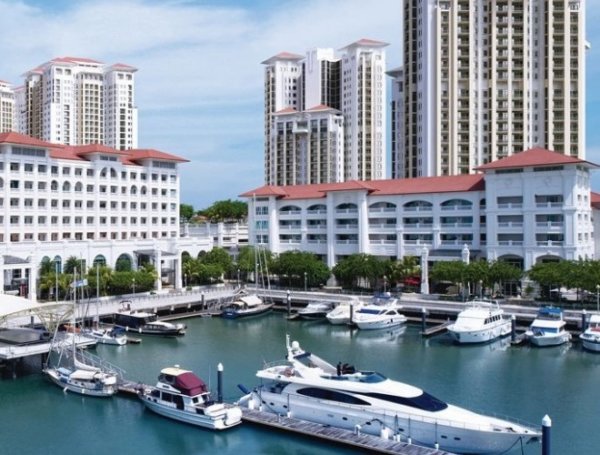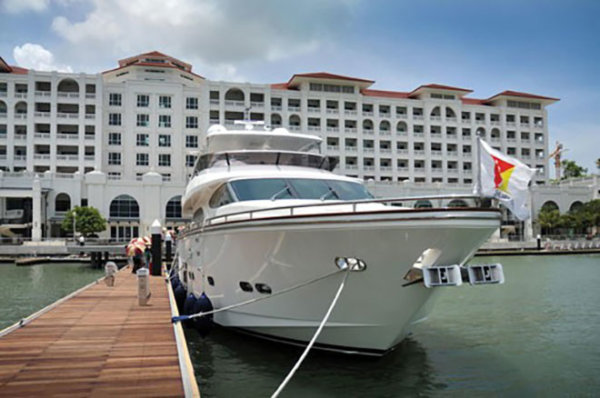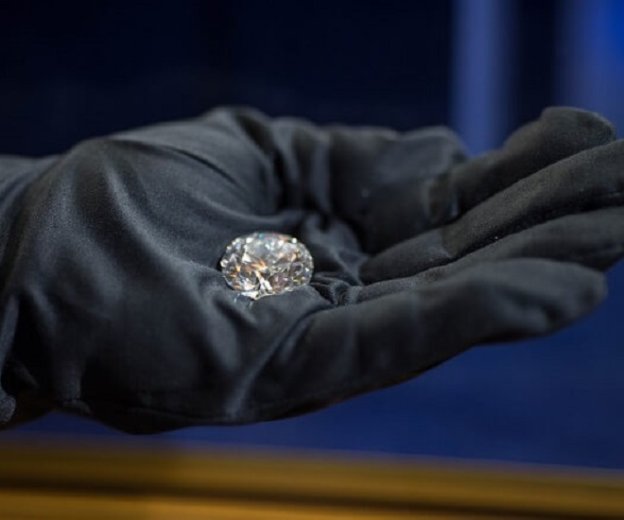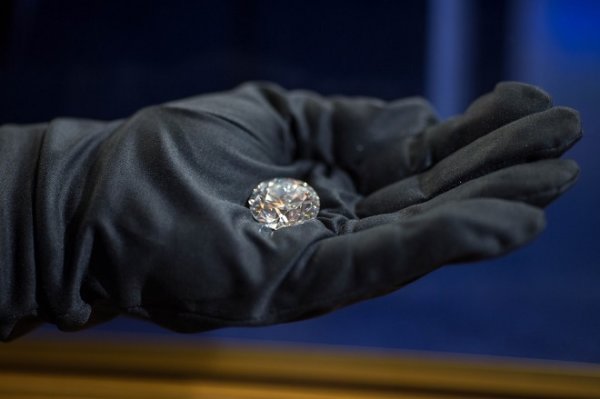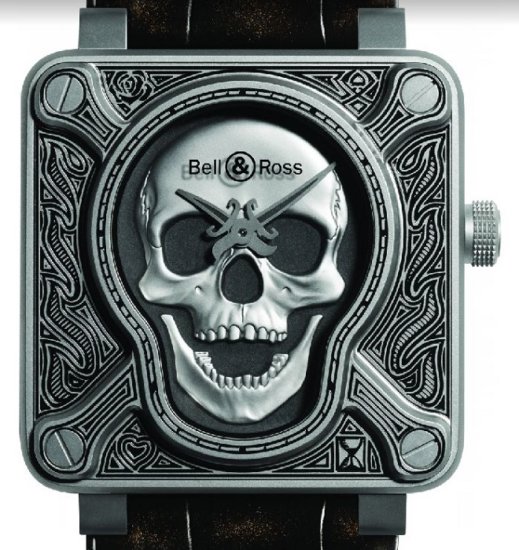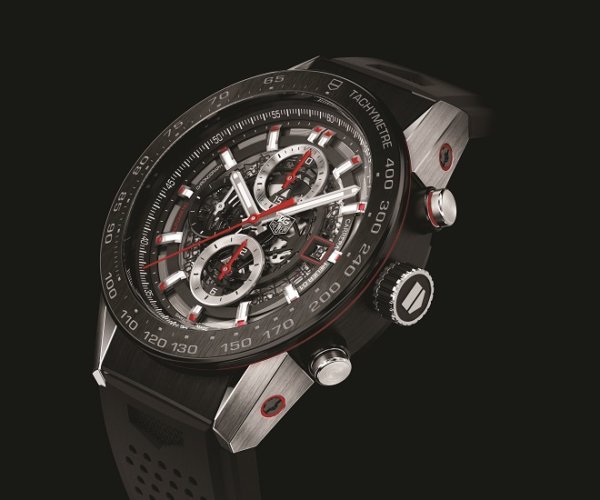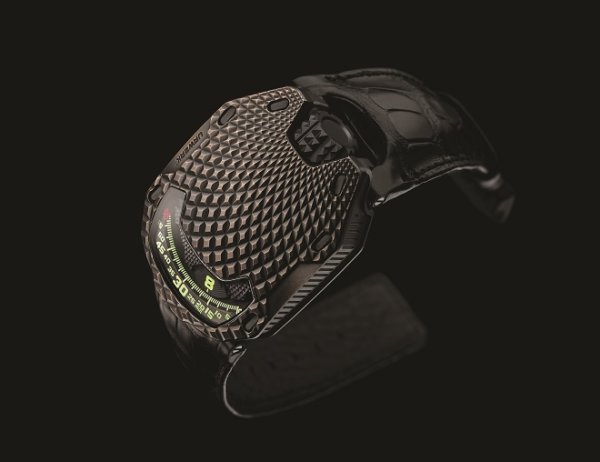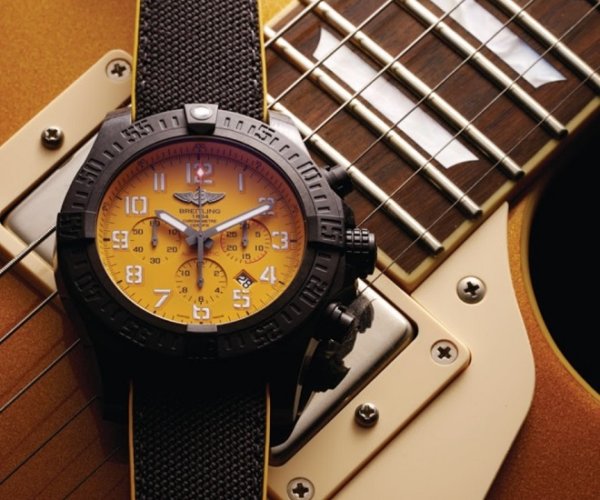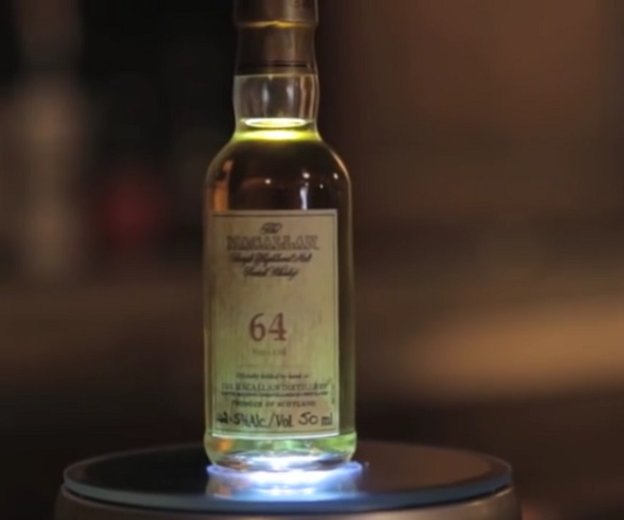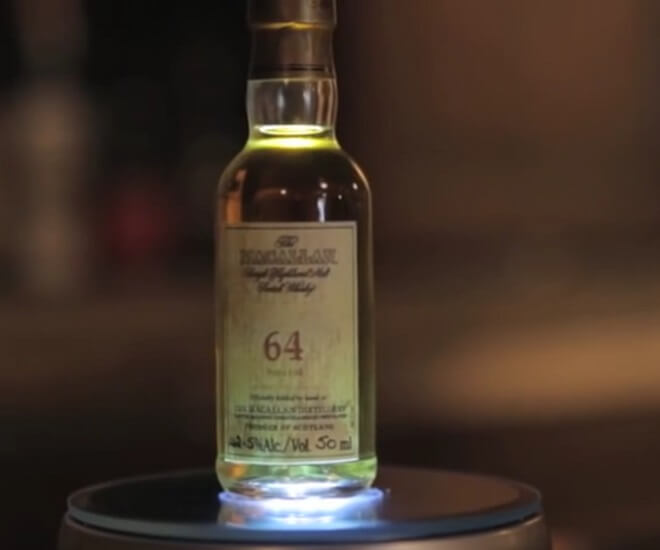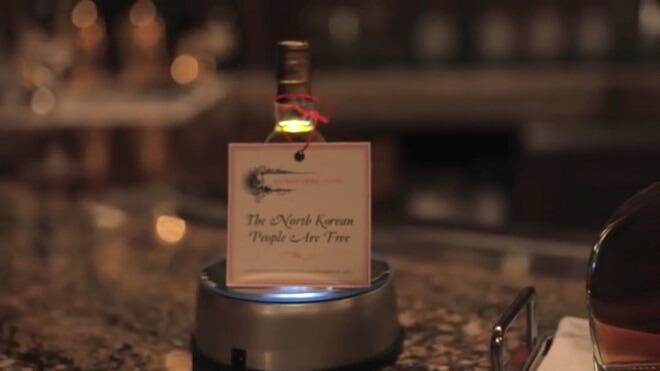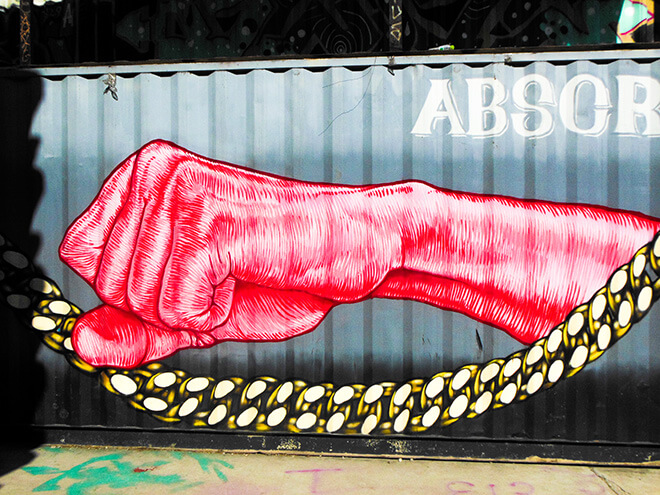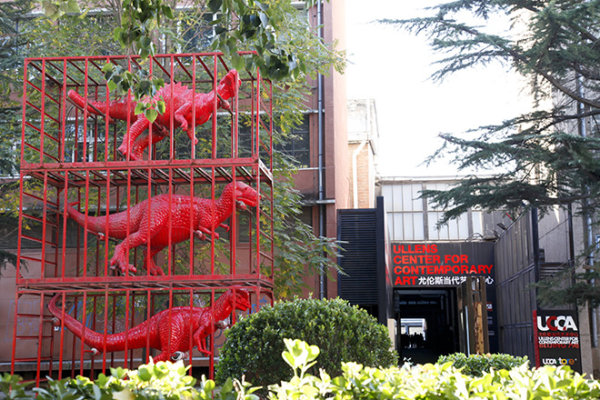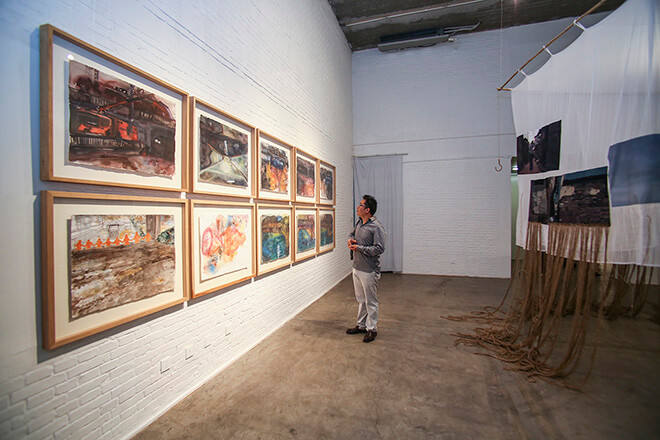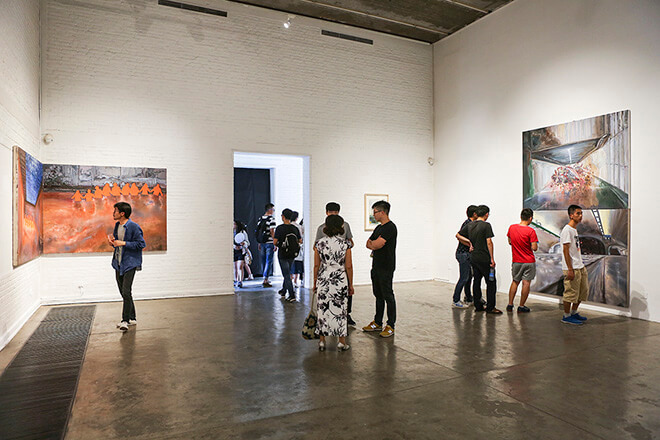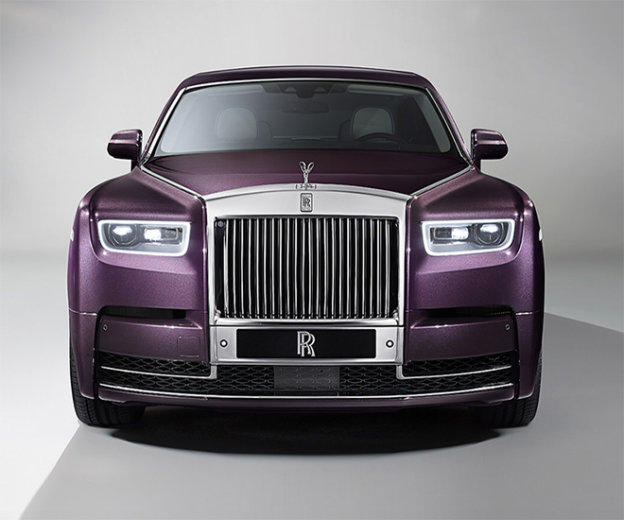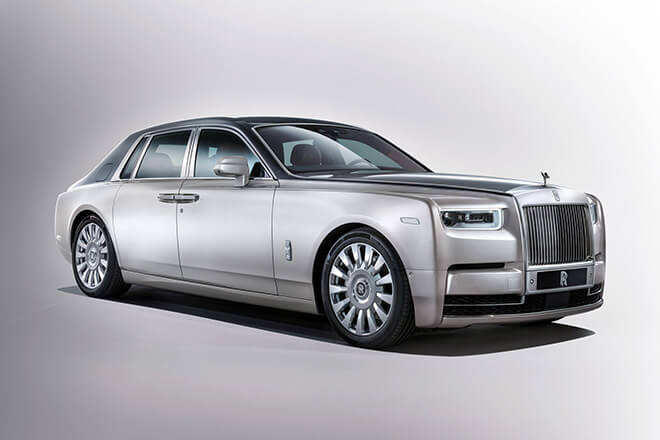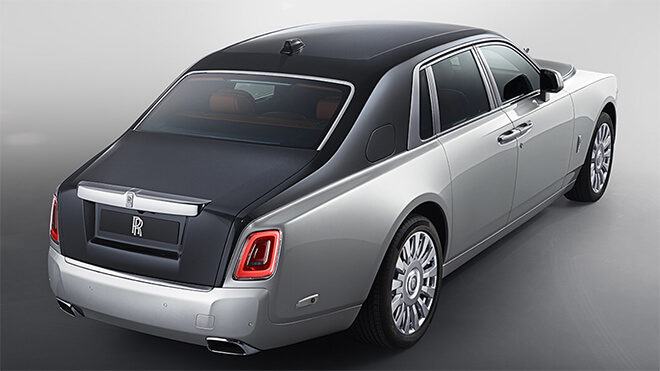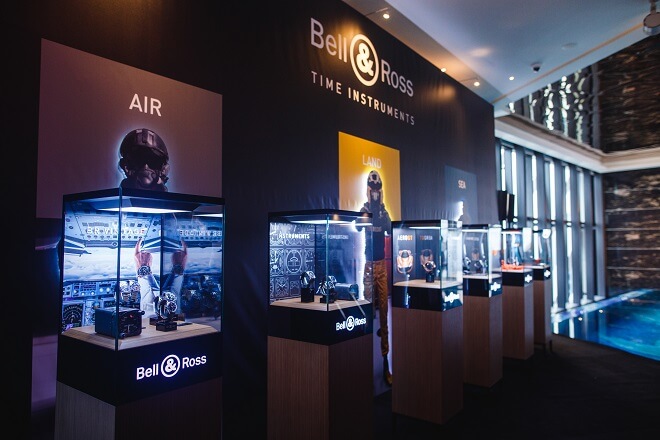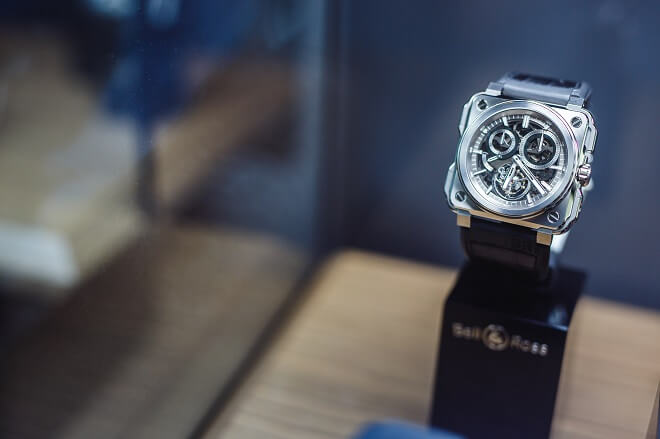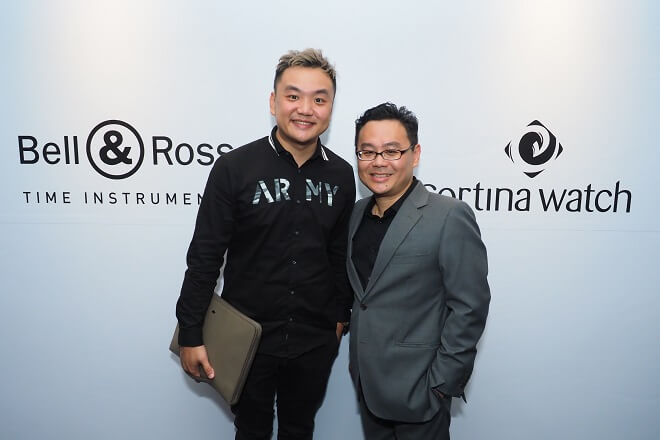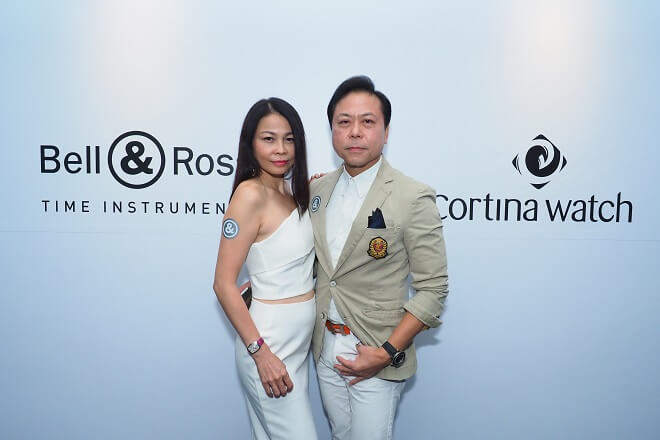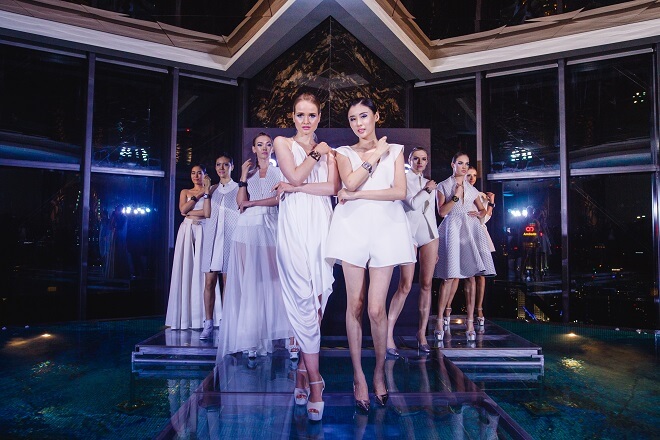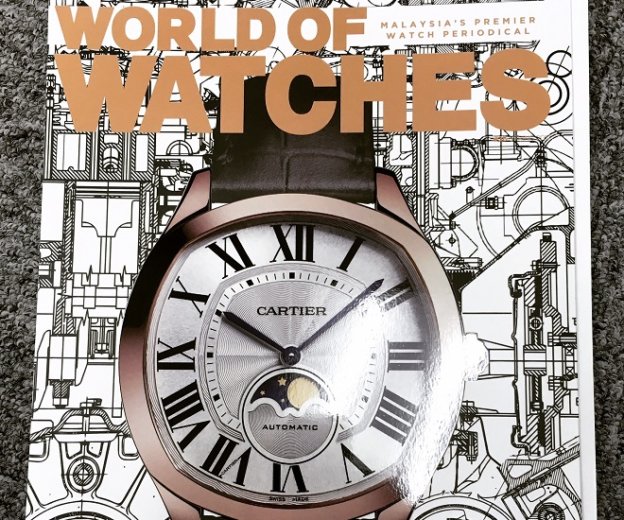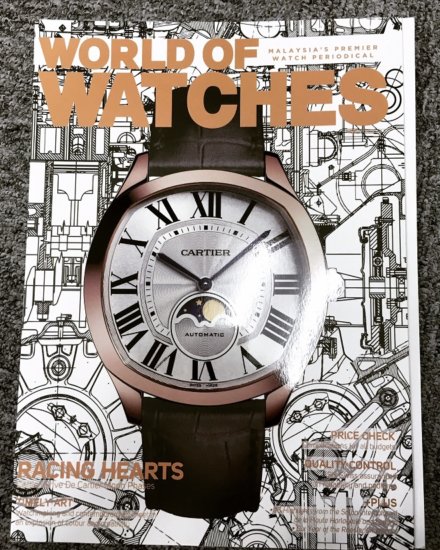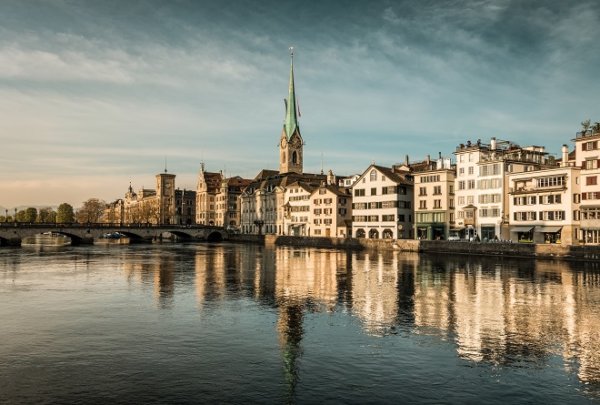
Morning mood at the Limmat overlooking the Fraumuenster, townhouse and Muensterbruecke, Zuerich. Photo credit: Switzerland Tourism/Ivo Scholz
I expected everything to be tidy and, somehow, symmetrical; as if I’d imagined them as a geometry teacher.
With a population of over 400,000, Zurich is the largest city in Switzerland. The spoken language in Zurich is the Swiss German dialect. As to the quality of living in the world, it’s constantly ranked among the top. Drinking water flows from almost all public fountains.
What to See and Do: Zurich Old Town
Guilds heritage
I’m standing in front of a well-kept building, its muted, rich design in concert with those around it on the tree-lined street. It was a quiet street, a monied street. I saw a limousine parked between two street lamps, diagonally across the heavy ornamental doors of a brownstone building.
In the front seat sat a uniformed chauffeur. The history-steeped guild houses, bear witness to the period between 1336 and 1798 when Zurich’s history was significantly influenced by its guilds. Scattered throughout were hints, worded allusions and a few direct chronological references. These associations attempted to gain political power. They only succeeded in doing so following the Brun’s Guild Revolution during 1336.
-
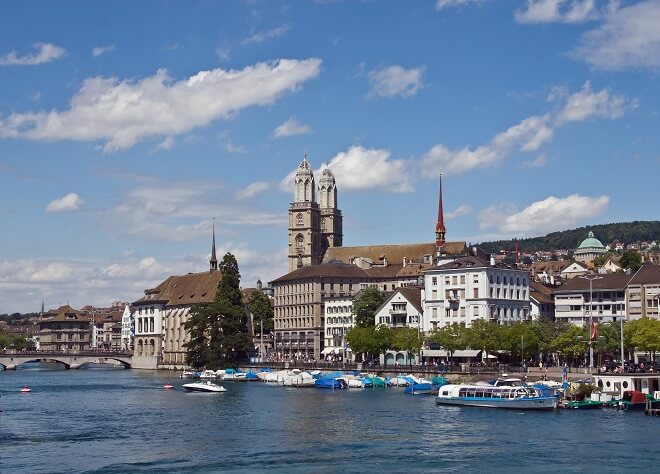
-
Grossmuenster church and Limmat river (Zurich, Switzerland)
-
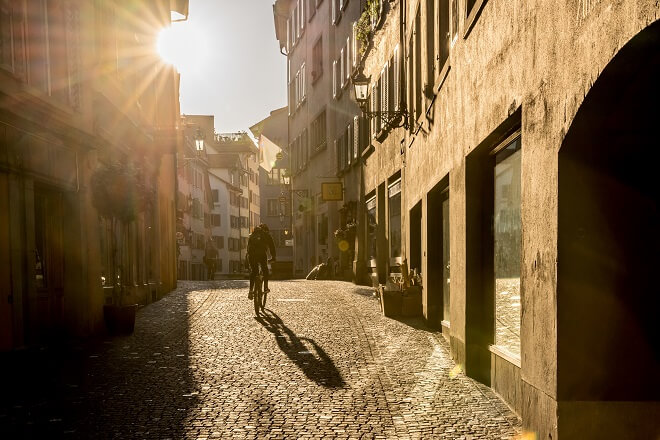
-
Morning in the old town of Zuerich.
Photo credit: Switzerland Tourism/Jan Geerk
Under the leadership of nobleman Rudolf Brun, a Constitution of the Guilds was drawn up, regulating the balance of power in the city. With time, the craftsmen’s guilds also developed into political and military organisations with immense power. The coats-of-arms on the entrances
of various buildings in the Old Town indicate which artisan’s guild used to meet behind closed doors. But if anything, it gives this locale an identity that feels far more character driven, even as law firms and fine dining establishments have infiltrated their confines.
Shopping and dining around Lake Zurich
From Lindenhof, we started walking towards Lake Zurich, around which the city is built. Lindenhof used to be a Roman fort. Nowadays, the square is a worth its weight for the view alone and it’s also a meeting place for amateur chess players. The River Limmat which winds its way past Old Town is a steadfast stream of tranquillity. After dusk, several riverside and lakeside bathing areas are transformed into bars. Boat services provide access to the abundant nature along the southern fringes of the lake.
Once a year, the aptly named Zürcher Theater Spektakel transforms the left bank of Lake Zurich into a stage where members of the contemporary performing arts scene congregate to present spontaneous open-air performances. Situated on the opposite bank of the River Limmat is Schipfe, one of the city’s oldest districts. This quarter is still dominated by artisans today, and visitors can often obtain expert advice from the master craftsmen such as goldsmiths or carpenters.
I walked the length of Bahnhofstrasse that links the Main Station with Lake Zurich. The further you walk towards the lake, boutiques such as Louis Vuitton, Cartier, and Tiffany & Co. come into view. The Jelmoli department store, which opened in 1899, is not only the oldest in Zurich but also the largest department store in Switzerland. The area is also a delightful hunting ground for intrepid gourmets. And I had dinner consisting of compulsory veal and mushroom sauce and rosti at a nearby café. In the vicinity, the Swiss National Museum – also known as the Landesmuseum – is situated just behind Zurich Main Station and houses the country’s largest cultural-historical collection within its fortified walls.
Culture and museums
Not everything has long standing history as I also took a tour of the FIFA World Football Museum (fifamuseum.com). Over 1,000 exhibits tell the story of the game in an interactive and multimedia manner.
Of course, the absolute highlight is, without a doubt, the original FIFA World Cup trophy that was a requisite selfie in the waiting. In the games area, I gave the gigantic pinball machine and other interactive stations a cursory inspection.
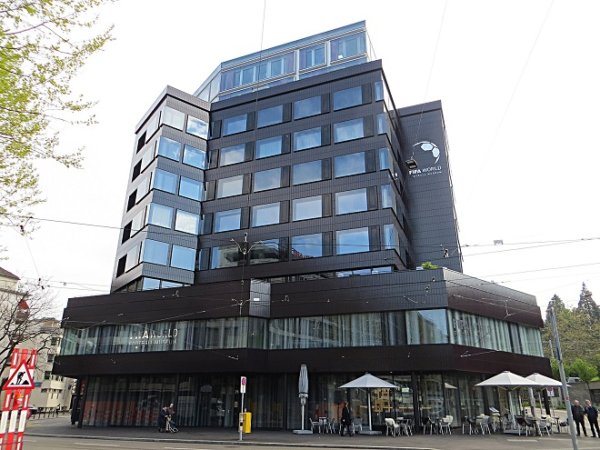
FIFA World Football Museum
This was followed by a brisk hike to Grossmünster Church that was built on the very spot where patron saints Felix and Regula died as martyrs. Religion also manifested itself with St. Peter’s Church as the oldest parish church in Zurich. The original foundation walls dating from the ninth century can still be seen under the chancel even as one gazes up at the clock face on the tower.
What to See and Do: Zurich-West
Industrial hotspot: then and now
Zurich-West lies in the valley plain between the River Limmat and the railway’s tracks that run north-west of the main train station. The locals frequently use the term “Zurich-West” to mean the area along Hardbrücke bridge between Hardbrücke train station and Escher-Wyss-
Platz. The area flourished at the tail-end of the 19th century.
Pioneering factory owners thrived with the Limmat river as a water source. This was once an industrial quarter where ships were built and manufacturing in various guises operated. After the 1980s, they gradually moved away, leaving behind empty factory halls. Escher-Wyss-Platz, for example, is named for Escher, Wyss & Cie., founded in 1805, which constructed machines and turbines.
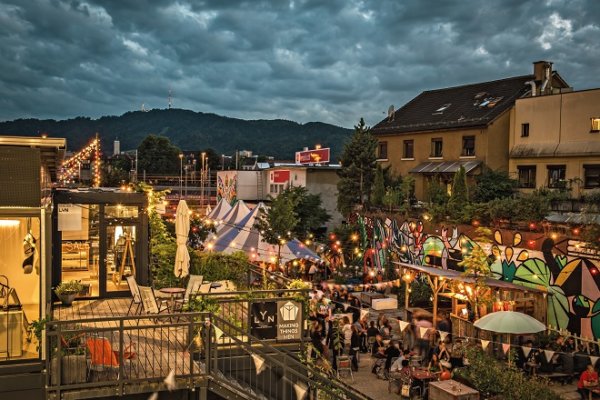
From the industrial- to the trendy quarter – Zurich West. Where once clattered machinery and soot hung in the air, is Zuerich today a trendy nightlife area, Mrs Gerolds garden. Photo credit: Switzerland Tourism/Andre Meier
As the new millennium approached, creative firms and boutique agencies took up residence in these abandoned factories and warehouses with complementary auxiliary service providers following suit. I remember having looked around me and forgetting briefly that I’m just a tram ride away from Zurich Old Town.
Hedge fund managers and auditors walked about and creative types who looked neither going nor seeing anybody, idly chatted away, offering each other more coffee at cafes. The relatively new Prime Tower, with its swanky apartments, offices, and a fine-dining restaurant on the top floor, was my compass.
My guide came to Zurich as an immigrant from Hungary and spoke vividly as she described how this cordoned off industrial district transformed itself organically over the last few decades. It does not reject totally the prevailing styles of architecture but rather assimilates new appendages that provide functional autonomy. You must be precise about most sentiments. I favoured Zurich-West to Old Town despite a very reserved nature that is evident during the day.
Nightlife and local merchandise
When I say I remember the Salvation Army and a badminton hall distinctively it is because I kept going back to Frau Gerolds Garten for the sun on the terrace. It’s a colourful garden that unites an open-air restaurant and a flower nursery to create an urban oasis in the heart of Kreis 5. It’s also hippie (as oppose to hipster) in many ways. Much like how creepers extend their influence on the remains of decaying flora, this is how the district has been reinvigorated. Much of the same veneer still exist. Except that much of it isn’t functioning in its original capacity.
The garden is surrounded by other institutions from Zurich’s nightlife. The range of clubs offering alternative music is subsidised a street further along by other trippy nightlife establishments that resemble garage parties. Despite their cosmetic differences, revellers adopt similar codes of behaviour. It all started in the 1990s, when joints such as Club Palais X-tra (today’s Xtra Club) established themselves in the adjacent Kreis 4 quarter, bringing with them flourishing illegal parties held in the empty buildings without official permits.
I found myself standing in a second-hand shop that sells Swissair cabin crew hand-carried satchels. Concisely called SWISS (swissair.com) these days, as the carrier that took me from Bangkok to Zurich. The throwback artefact fetches a pretty Franc on a good day. Nearby, on sale at the various stands at Zurich’s first market hall are fresh food, delicatessen products, flowers, and household items.
The Gerold-Areal site also abounds in design specialists. Les Halles, for example, is home to numerous quirky items, ranging from vintage racing bicycles to amusing advertising signs and designer furniture. Also nearby, in an impressive tower of stacked-up freight containers, are 1,600 bags and accessories from Freitag – the largest selection in the world of these recycled freeway bags. I purchased a bright yellow Kowalski even as it looked a little worse for wear. That’s the point I guess. Go figure. In the end, I concluded that the area built itself, using its industrial past as a frame, and visualising how the old can be repurposed to carry on a different legacy. Urban planning here invested in supporting infrastructure that jives with its new inhabitant’s attitudes rather than using it as a backdrop. I couldn’t believe that it could be a cohesive whole even with this splinter cell of reinvention that interacts with its neighbour across the river.
Words by Jason Kwong. The writer’s experience was sponsored by Switzerland Tourism.
From: Men’s Folio, August 2017.
Save
Save
Save
Save
Save
Save
Save




